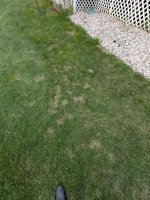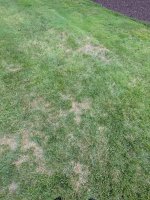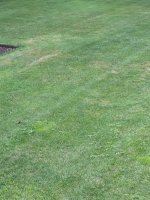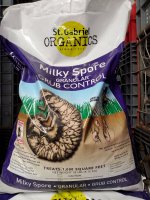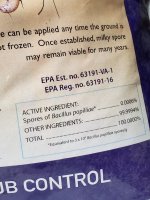TimberXX
Platinum Member
- Joined
- Feb 4, 2005
- Messages
- 815
- Location
- Bergen County, NJ
- Tractor
- BCS 770 Italian 2 Wheel Tractor, Grillo 107d, BCS 853, Deere x350, Deere x730
I have a lawn issue. I treat for grubs, but I am not sure if this is grub damage.
Any opinions?
I live in NJ
Any opinions?
I live in NJ
